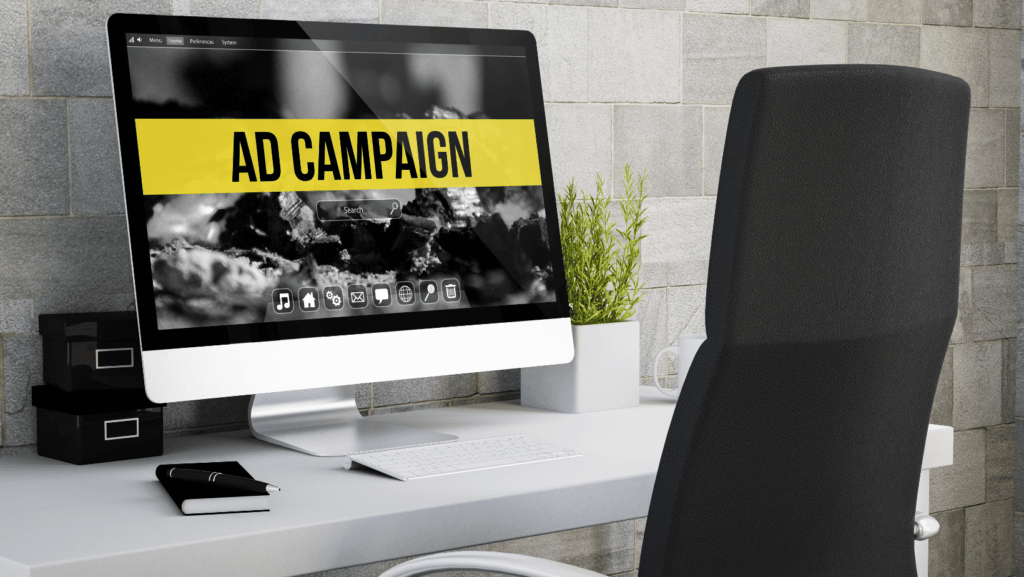Radio might not be the newest kid on the block, but it’s still one of the most powerful tools in your marketing toolkit. Despite the rise of streaming platforms and podcasts, AM/FM radio reaches 91% of Americans aged 18 and up—more than even smartphones or laptops. If you’re thinking about using radio to grow your brand, you’re probably wondering how much do radio ads cost.
Costs can vary based on things like the length of your ad, the market size, the time slot, and how well-known the station is. Understanding these factors is key to building a smart and effective marketing strategy.
How Much Do Radio Ads Cost?
If you’re trying to get your message on the airwaves, the first thing you’re probably wondering is how pricing works. You’ll typically come across two common pricing methods: Cost Per Thousand Impressions (CPM) and Cost Per Point (CPP). Understanding both helps you compare offers and spend smarter.
Cost Per Thousand Impressions (CPM)
This is all about how many ears you reach.
- The cost to reach 1,000 listeners.
- Formula: (Total Campaign Cost ÷ Total Listener Impressions) x 1,000
Cost Per Point (CPP)
CPP is about market share—specifically, what percentage of your target audience you hit.
- The cost to reach 1% of your target audience in a market.
- Formula: Total Campaign Cost ÷ Gross Rating Point (GRP)
Average Costs of 60-Second Radio Ads
A one-minute ad can cost anywhere from $5 to $750 depending on where and when it airs. Factors like audience size, demographics, time of day, whether you’re sponsoring a show, and even local events like elections can all push pricing up or down.
- Local radio spots: often under $200
- National spots: much higher, especially in prime time
At the end of the day, it’s not just about cost—it’s about value. The key is making sure your spend lines up with your business goals and expected ROI.
Factors Influencing Radio Advertising Rates
There’s more to it than just picking a station and sending your ad. Here are the key drivers behind your costs:
There’s no one-size-fits-all price tag when it comes to radio ads. You’ve got to factor in everything from where your ad airs to how often people hear it. Here’s how it breaks down:
Ad Spot Pricing
Market Size
- Small markets: $5–$10 per 60-second spot
- Mid-size markets: $50–$100
- Large markets: $150–$750+
Bigger markets mean higher ad costs—but also a much larger audience.
Station Popularity
More popular stations charge more. But it’s often worth it for the reach—especially if their audience matches your target.
Time Slot
Morning and evening drive times (6–9 AM and 5–7 PM) are gold. You’ll pay more, but you’ll also get more ears.
Audience Targeting
Want to reach moms in their 30s? Or Gen Z hip-hop fans? Radio lets you pick the right stations and time slots that match your audience.
This is why audience targeting matters. Generic ads on random stations = wasted budget. Smart targeting = more engagement, and better results.
And your message? Keep it tight and relevant. A great script that speaks your audience’s language can be more powerful than frequency alone.
Frequency and Reach
Here’s a truth in radio: repetition works. People usually don’t act the first time they hear something. That’s why frequency is key.
One strategy you might want to consider is the 21/52 rule—air your ad 21 times per week for 52 weeks. It sounds like a lot, but it’s all about brand recall. The more often people hear your name, the more likely they are to remember it when they need your service.
At the same time, don’t ignore reach. You need the right balance—enough people hearing your ad, often enough, to make an impact.
Advertising on Local vs. National Radio
There’s no one-size-fits-all here. Each option has its strengths.
Local Radio
- More affordable
- Great for businesses targeting their community
- Easier to customize your messaging
National Radio
- High cost, broader reach
- Ideal for brands with nationwide audiences
The choice depends on your business goals, audience, and budget.
Commercial Production
Creating a radio ad isn’t just about getting your message out—it’s about making sure people hear it, remember it, and act on it. The quality of your ad can make or break your entire campaign. Here’s what you need to know before hitting the airwaves:
Production Costs
- In-house: $0 to $500 (if you’ve got the team and tools)
- Professional agency: $1,000 to $2,500 (for polished, pro-level work)
Elements of Production
- Scriptwriting
- Voiceover talent
- Background music
- Sound effects
Innovative Solutions
And thanks to AI-powered tools, it’s getting easier (and cheaper) to create clean, professional audio without hiring a full crew.
If you’re serious about reaching the right people and getting real results, it pays to bring in marketing pros who know how to make your campaign work. They’ll help you map out the entire campaign—from scripting and audience targeting to ROI measurement.
Book More Jobs with Radio Advertising Specialists
If you’re ready to get serious about radio advertising, LMH Agency is the team you want in your corner. We’ve spent years helping businesses build strong brand recognition through smart, targeted campaigns that actually get results. From planning and scripting to producing and placing your ads, we handle it all—so you don’t have to stress about the details.
We also connect your radio campaign with your digital marketing strategy, so everything works together to grow your business faster and more efficiently. Explore our traditional advertising services to see what we can do for you.
We use the latest tools, proven strategies, and a seasoned team to create personalized solutions that fit your business goals. Ready to see what that looks like for your brand? Schedule a free consultation and let’s build your next campaign together.














